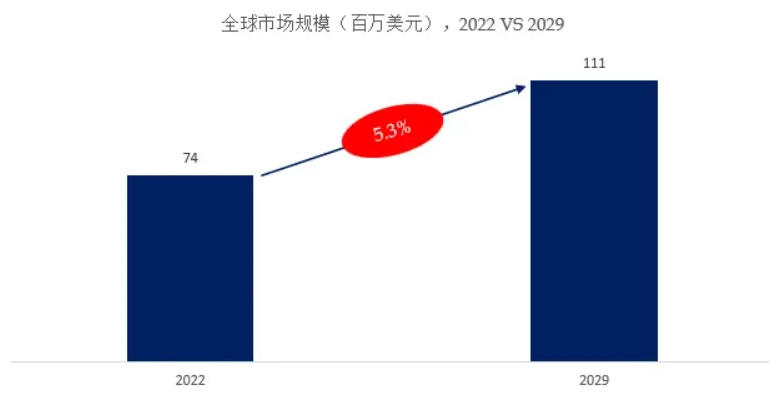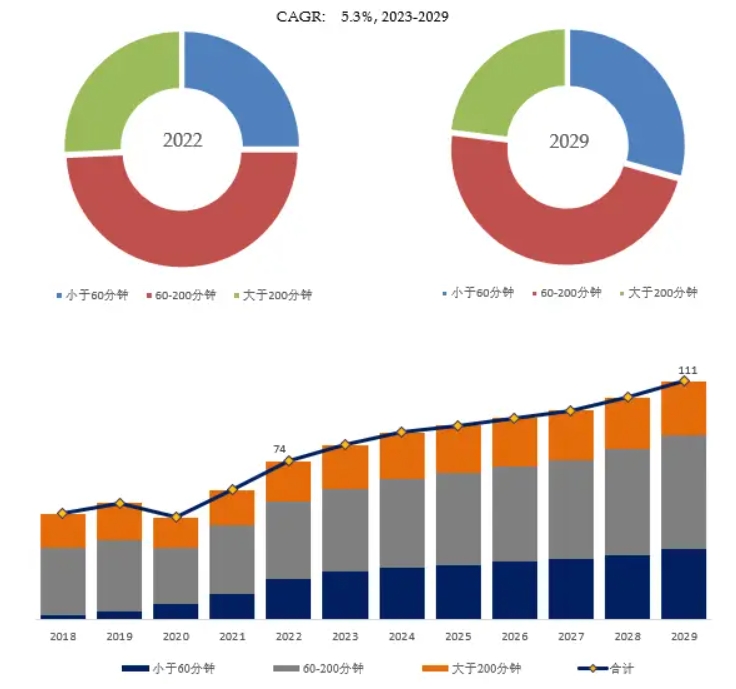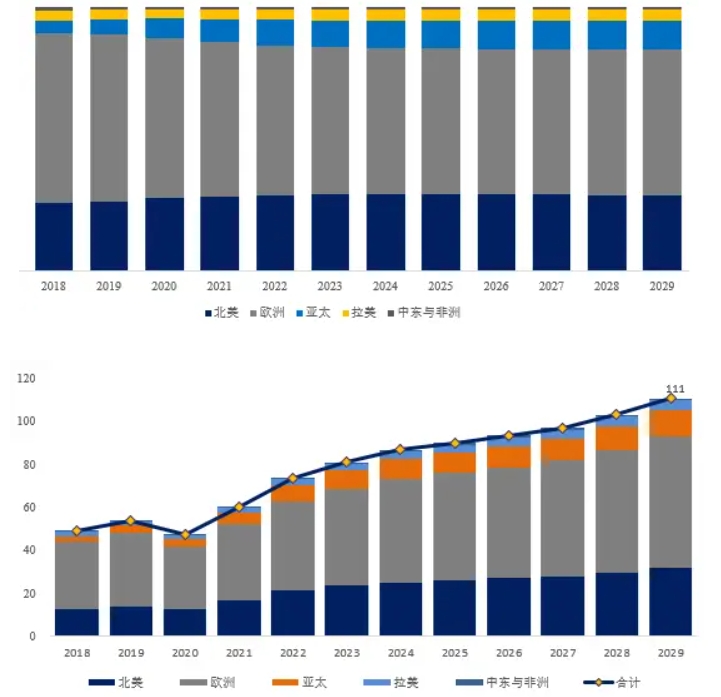Underwater thrusters (DPVs), auxiliary tools for diving, are projected to reach $110.8 million by 2029 with a CAGR of 5.3%. Recreational diving dominates demand, and Europe leads consumption.
Underwater thrusters (DPVs), also known as underwater scooters or frogman thrusters, are important auxiliary tools for diving enthusiasts or special operations forces to navigate underwater. The underwater thruster adopts advanced and reliable driving forms to provide users with strong and long-term driving force. Underwater thrusters are generally used for underwater frogman propulsion, underwater filming, diving entertainment, and assisting in underwater rescue.

According to the latest report from the QYResearch research team, the global market for underwater thrusters (DPVs) is expected to reach $110.8 million in the near future by 2029, with a compound annual growth rate (CAGR) of 5.3%. Underwater Propulsion Vehicle (DPV), with an international market size and product category segmentation, is dominated by the 60-200 minute operating time type.

The above chart/data is taken from QYResearch's latest report "Global Underwater Propulsion" (DPV) Market Research Report 2023-2029
In terms of product type, the current running time of 60-200 minutes is the most important segmented product, with a share of about 49% (based on revenue). According to application segmentation, recreational diving is the largest downstream market in the international market, accounting for 73%. In terms of downstream applications, recreational diving is currently the most important source of demand, accounting for approximately 73% (based on revenue), followed by 15% of commercial (engineering) diving.

The above chart/data is taken from QYResearch's latest report "Global Underwater Propulsion" (DPV) Market Research Report 2023-2029. In terms of consumption, Europe is currently the world's largest consumer market, accounting for 57% of the market share in 2022, followed by North America and the Asia Pacific region, each accounting for 29% and 10% of the market share.